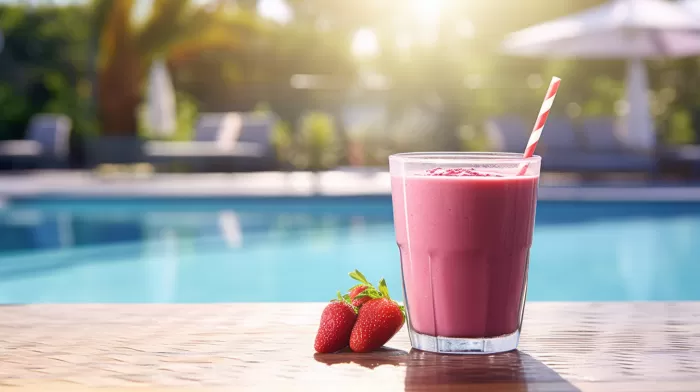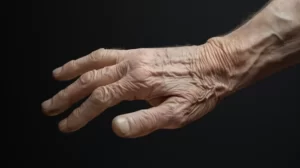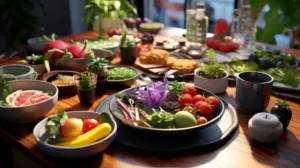Most people are aware that sunburns and frequent visits to tanning booths can lead to skin damage and cancer. However, recent research from Yale University has revealed that skin can continue to be harmed even after the lights are out.
The study found that excessive ultraviolet (UV) radiation alters the DNA in your skin’s melanocytes. These are the cells that contain melanin, which gives your skin its color. This distortion of the skin’s DNA makes the cells more prone to forming cancerous tumors.
Here’s the crucial information you need to know: even at night, long after your exposure to UV radiation has ceased, the cells continue to release cyclobutane pyrimidine dimers (CPDs). These are the harmful enzymes responsible for the ongoing development of cancer. CPDs continue to be generated for more than three hours after exposure to UVA, a significant component of the radiation in sunlight and tanning beds.
While sunlight exposure is required for your body to produce vitamin D, the most effective way to combat this “dark” DNA damage is to avoid overexposure. Refrain from getting sunburned, as well as allowing your skin to become excessively red during the day. It’s also wise to stay away from tanning booths, which primarily expose you to the kind of UV light that darkens skin without prompting vitamin D production.
The role of diet in protecting your skin
Amazingly, your diet can also play a significant role in protecting your skin:
- Grapes, berries, and walnuts – These foods are rich in resveratrol and calcium D-glucarate, substances that have been shown to protect the skin in research conducted at the University of Texas Health Science Center San Antonio.
-
Raspberries, strawberries, cranberries, and pomegranates – These fruits contain ellagic acid. Laboratory tests in Korea have demonstrated that ellagic acid can prevent wrinkles and defend the skin against UV damage.
So, the next time you’re relaxing by the pool this summer, consider treating yourself to a refreshing berry smoothie. Not only will it be delightful to your taste buds, but it will also provide crucial protection for your skin.
Additional tips for skin protection
Here are some more helpful measures you can take to protect your skin from harmful UV radiation:
- Wear sunscreen daily – Choose a broad-spectrum sunscreen with a minimum SPF of 30 that protects against both UVA and UVB rays. Make sure to apply it to your face, neck, and any other areas exposed to the sun.
-
Reapply sunscreen – You should reapply sunscreen every two hours and immediately after swimming or sweating. Even if it’s labeled as “water-resistant,” no sunscreen is entirely immune to the effects of water and sweat.
-
Seek shade – Aim to stay in the shade when the sun’s rays are strongest, usually between 10 a.m. and 4 p.m. Keep in mind that even if you’re in the shade, harmful UV rays can still reach your skin, so always apply sunscreen.
-
Wear protective clothing – Don lightweight long-sleeved shirts, pants, and wide-brimmed hats for added sun protection. You can also explore clothing specifically designed to protect against UV radiation, which often includes a UPF (Ultraviolet Protection Factor) rating on the label.
-
Protect your eyes – Wear sunglasses that block 100% of UVA and UVB rays to shield your eyes from the sun’s harmful effects. Prolonged exposure to UV radiation can lead to cataracts and other eye problems.
Skin cancer is a significant health concern, but by taking the necessary precautions to protect your skin and making conscious dietary choices, you can significantly reduce your risk. So remember to gear up, apply sunscreen, and fill up on skin-protecting foods for a healthy, sun-safe summer.



